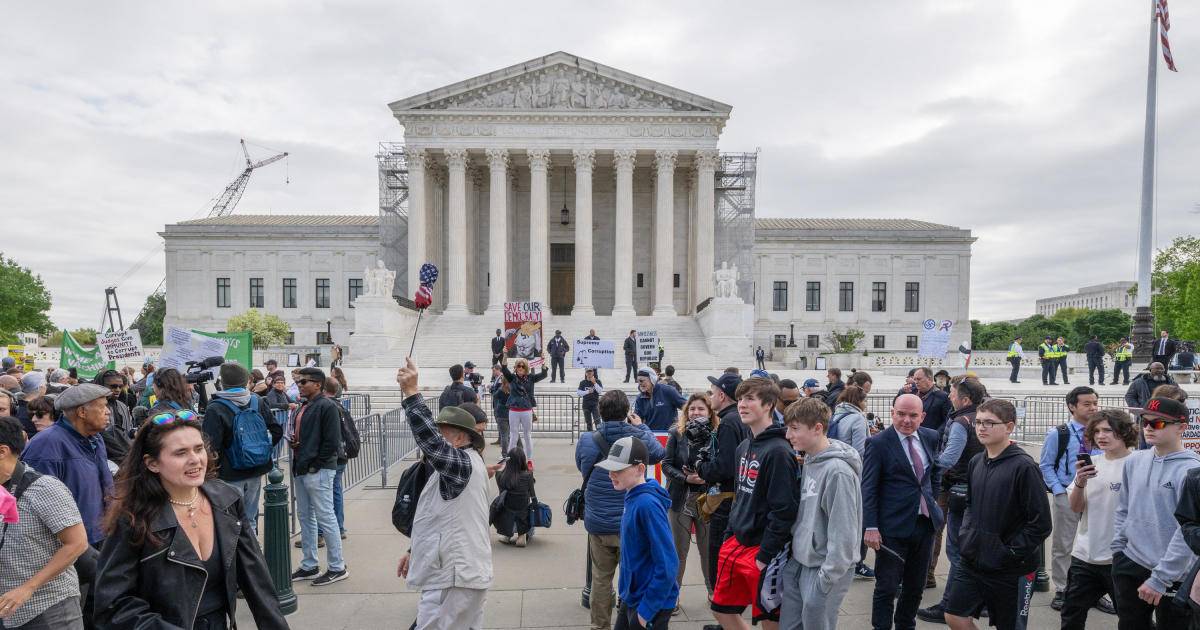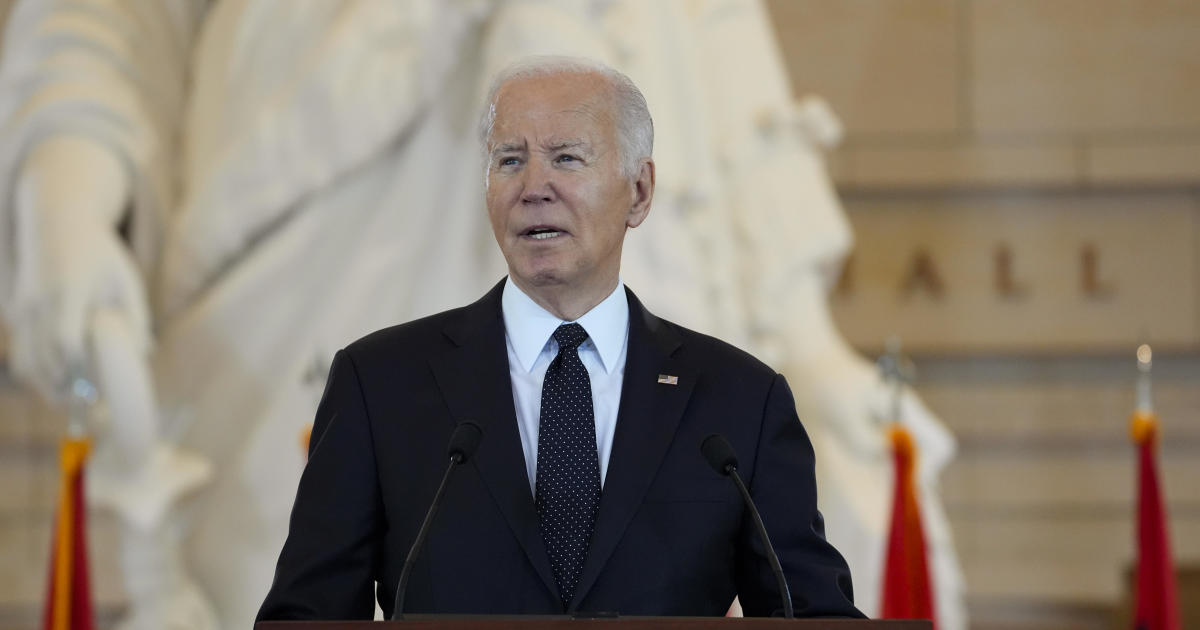Commentary: NAFTA isn't the problem, and tariffs aren't the answer
White House spokesman Sean Spicer said Thursday that Donald Trump will ask Congress to impose a 20 percent tariff on goods imported from Mexico as a way of paying for his border wall. Or maybe he won’t. White House chief of staff Reince Priebus told reporters later the same day, “It is part of a buffet of options” and only one of many ways they’re considering to fund the wall.
The plan, or option among a buffet of ideas, is linked to Mr. Trump’s vow to renegotiate the North American Free Trade Agreement (NAFTA) with Canada and Mexico, an agreement he believes played a large role in the deindustrialization of the U.S. So the imposition of tariffs will not only pay for the wall but will also help reverse the loss of manufacturing jobs to Mexico that NAFTA caused.
This thinking has two big problems. First, the consequences of a 20 percent tariff potentially go far beyond the trading relationship between the U.S. and Mexico. International trade is governed by the rules set by the World Trade Organization (WTO). An important provision the 164 member nations have agreed to is that countries will not impose quotas or tariffs on imports unilaterally.
If the U.S. violates this agreement, other nations will feel free to violate it as well. The result could be be the erection of trade barriers around the globe. That would be a disaster for world trade and result in slower economic growth rates (not to mention the substantial adjustment costs within all countries as they adjust to the large reduction in imports).
The realization of the far-reaching implications of a tariff on Mexican imports may explain why the administration began backing off its 20 percent tariff plan and saying it’s only one of many options.
That leaves open the question of how President Trump will fulfill his campaign promise to get Mexico to pay for the wall, but the tariff on Mexican imports wouldn’t have done that in any case. The ultimate cost of the border tax would fall mainly on American consumers, who would end up paying higher prices for goods and services that used to be imported from Mexico.
In effect, these consumers would be taxed to pay for the wall.
The second problem concerns Trump’s belief that NAFTA is responsible for the decline in U.S. manufacturing and that withdrawing from NAFTA -- or reversing its effects through misguided policies such as high tariffs on Mexican imports -- will bring large numbers of manufacturing jobs back to the U.S.
The fallacy with this argument begins with the fact that domestic manufacturing’s employment decline began long before NAFTA came along (chart above). According to University of California Berkeley professor Brad DeLong’s calculations, “A sector of the economy that provided three out of 10 nonfarm jobs at the start of the 1950s and one in four nonfarm jobs at the start of the 1970s now provides fewer than one in 11 nonfarm jobs today. Proportionally, the United States has shed almost two-thirds of relative manufacturing employment since 1971.”
In addition, much of that drop can be attributed to technological change -- the rise of robots and digital technology -- rather than globalization. Renegotiating trade agreements can’t change this.
That’s not to say that international trade hasn’t hurt some workers. As Dani Rodrik, professor of international political economy at Harvard, wrote yesterday: “The most detailed empirical analysis of the labor-market effects of NAFTA is contained in a paper by John McLaren and Shushanik Hakobyan. They find that the aggregate effects were rather small (in line with other work), but that impacts on directly affected communities were quite severe.” For example:
“The most affected workers were high school dropouts working in industries that depended heavily on tariff protections in place prior to NAFTA. These workers saw wage growth drop by as much as 17 percentage points relative to wage growth in unaffected industries. If you are a blue-collar worker at the end of the ’90s and your wages are 17 percent lower than they could have been, that could be a disaster for your family. That was the largest impact we saw, and it is important to remember that the impact is much smaller for the average worker.”
The other factor to consider is the damage that tariffs or withdrawing from NAFTA would cause to the Mexican economy and the increase in undocumented immigration that would come with it, the very thing Mr. Trump’s wall is supposed to stop.
NAFTA’s overall impact may have been modestly positive, but the disaster that hit many families due to both technology and globalization helped to put Mr. Trump in the White House. Unfortunately, walls paid for by tariffs intended to reverse effects of NAFTA -- even though NAFTA is not to blame -- won’t solve the problem.
No matter how much President Trump huffs and puffs, manufacturing jobs are not coming back to the U.S. in the numbers that existed in the past. The Trump administration would be better off acknowledging that reality and finding solutions that will actually give workers the help they need.





